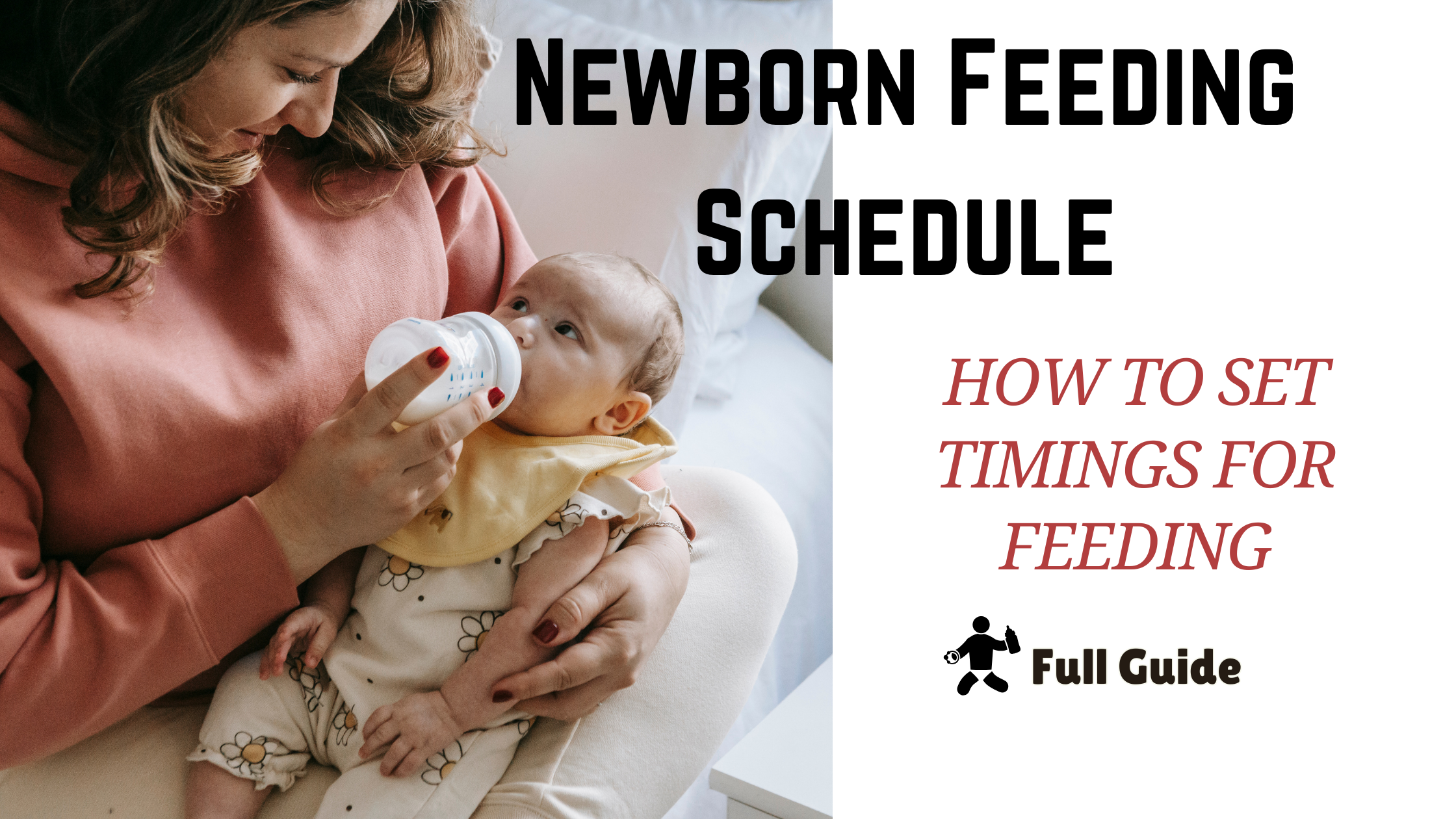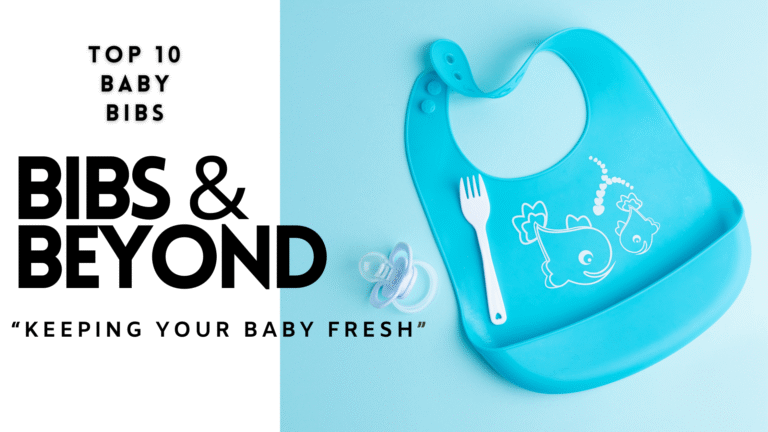Newborn Feeding Schedule: What to Expect
You’re home from the hospital.
The baby’s finally asleep.
And just as you sit down—yep. It’s feeding time. Again.
Welcome to life with a newborn.
Feeding feels constant. Because it kind of is. But understanding a newborn feeding schedule helps. A lot.
This guide will teach you how to set up new born schedule for your babies, Whether you’re breastfeeding, formula-feeding, or doing both—this guide breaks down what to expect, week by week.

Week 1: Feeding on Demand

Forget the clock. For now, your baby runs the show. Newborns need to feed every 2–3 hours. Sometimes more. That means about 8–12 feedings in 24 hours.
Yes, it’s a lot. But their tummies? Tiny. Like, the size of a cherry on day one.
Signs they’re hungry:
- Rooting (turning head toward your hand)
- Sucking motions
- Fussiness
- Hands to mouth
Don’t wait for full-on cries. That’s late hunger.
How Much?
- Breastfed newborns: Your milk might take a few days to come in. Colostrum is enough in the beginning.
- Formula-fed babies: Start with 1 to 2 oz per feeding.
Don’t be surprised if feedings take 20–40 minutes. Babies are learning. So are you.
Week 2–3: Getting into a Flow
By now, your milk is likely in (if breastfeeding), and your baby’s starting to feed a bit more efficiently. Still—feedings stay frequent. Roughly every 2–3 hours, sometimes still 12 times a day.
Some babies cluster feed.
That means feeding every hour for a few hours straight. It’s normal—and exhausting.
Growth spurts often hit around week 3. Expect more feeding, fussiness, and maybe less sleep. You’re not doing anything wrong. It’s just how newborns grow.

Week 4–6: Slightly More Predictable

Things start to level out.
Feedings may spread to every 3–4 hours. Nights might have one longer stretch. If you’re lucky. Your baby is growing. You’ll notice stronger sucks, less drowsiness during feeds, and better latch (if nursing).
Some parents start tracking feeds now. Apps, paper logs, even mental notes. Do what works. But remember—not all babies follow the same schedule. And that’s okay.
How Much?
- Breastfed: Still on demand. Watch for hunger cues.
- Formula-fed: Around 3 to 4 oz per feeding.
Week 6–8: Sleep + Feed Patterns Start Forming
You might notice a rhythm. Not a schedule, exactly—but a pattern. Feed. Awake. Sleep. Repeat. It’s the newborn cycle.
Some babies can go 4–5 hours overnight now. Others? Still up every 2 hours. Growth spurts happen again around week 6. Expect more feeding. Again.
If your baby seems fussy, don’t assume something’s wrong.
Often, it’s just a need for more milk.

What About Feeding at Night?
- Night feeds are crucial. They help regulate your milk supply and ensure baby gets enough nutrients.
- Try to keep lights dim. Keep things quiet.
No playtime. Just food + snuggles. - Some babies mix up day and night at first. Totally normal.
To fix it? Lots of daylight during wake time. Keep night feeds boring.
Breastfeeding vs Formula: What Changes?
Not much in terms of frequency during the first few weeks.
But formula-fed babies may space out feeds sooner. Formula takes longer to digest.
Breastfed babies tend to feed more often.
That’s not a problem. It’s just how breastmilk works.
You might hear that formula-fed babies sleep longer. Sometimes.
But every baby is different.
Feeding Tips That Actually Help
- Skin-to-skin contact helps encourage feeding, especially in those early days.
- Burp halfway through and after feeding. It can prevent spit-up.
- Track wet diapers. It tells you if baby’s getting enough (6+ per day by week 2).
- Don’t stress over schedules too soon. Follow the baby. The schedule will come.
And if baby seems hungry all the time? It’s often normal. Growth spurts, cluster feeding, or just baby being baby.
Sample Newborn Feeding Schedule (6 Weeks Old)

Here’s a loose idea of what a day might look like:
- 7:00 AM – Feed
- 9:30 AM – Feed
- 12:00 PM – Feed
- 2:30 PM – Feed
- 5:00 PM – Feed
- 7:30 PM – Feed
- 10:00 PM – Feed
- 1:00 AM – Feed
- 4:00 AM – Feed
That’s 9 feeds. Some babies may want more. Some less. The key? Watch baby, not the clock.
When to Call a Doctor
- Skin-to-skin contact helps encourage feeding, especially in those early days.
- Burp halfway through and after feeding. It can prevent spit-up.
- Track wet diapers. It tells you if baby’s getting enough (6+ per day by week 2).
- Don’t stress over schedules too soon. Follow the baby. The schedule will come.
And if baby seems hungry all the time? It’s often normal. Growth spurts, cluster feeding, or just baby being baby.
FAQs: Newborn Feeding Schedule
Q: Can I put my newborn on a strict schedule?
Not yet. Newborns feed on demand. Around 2–3 months, you can begin easing into a gentle routine.
Q: Is cluster feeding normal?
Yes. Often happens during growth spurts. Usually in the evenings. Totally normal—and temporary.
Q: How do I know if baby’s getting enough milk?
Look for weight gain, steady growth, and wet diapers (6–8 daily). Hungry babies often root, cry, or wake frequently.
Q: When can I drop night feeds?
Many babies drop night feeds by 4–6 months. But always follow your doctor’s advice and your baby’s needs.
Q: What if baby won’t wake to feed?
In the first few weeks, you may need to wake them every 3 hours to feed—especially if they’re underweight or sleepy.
Final Thoughts
The newborn feeding schedule?
It’s not about structure. It’s about survival.
Your baby is growing at lightning speed. Their feeding patterns will change. Often.
So give yourself grace.
Keep showing up. Keep offering milk. And know that every feed—no matter how messy or chaotic—is part of your baby’s journey.




2 thoughts on “Newborn Feeding Schedule: What to Expect”
https://t.me/SpeedyIndexBot?start=5236539600 SpeedyIndexBot – service for indexing of links in Google. First result in 48 hours. 200 links for FREE.
Уникальный способ украсить праздник — гелиевые шары с доставкой, сделайте заказ онлайн.
Гелиевые шарики с доставкой Нижний Новгород Гелиевые шарики с доставкой Нижний Новгород .